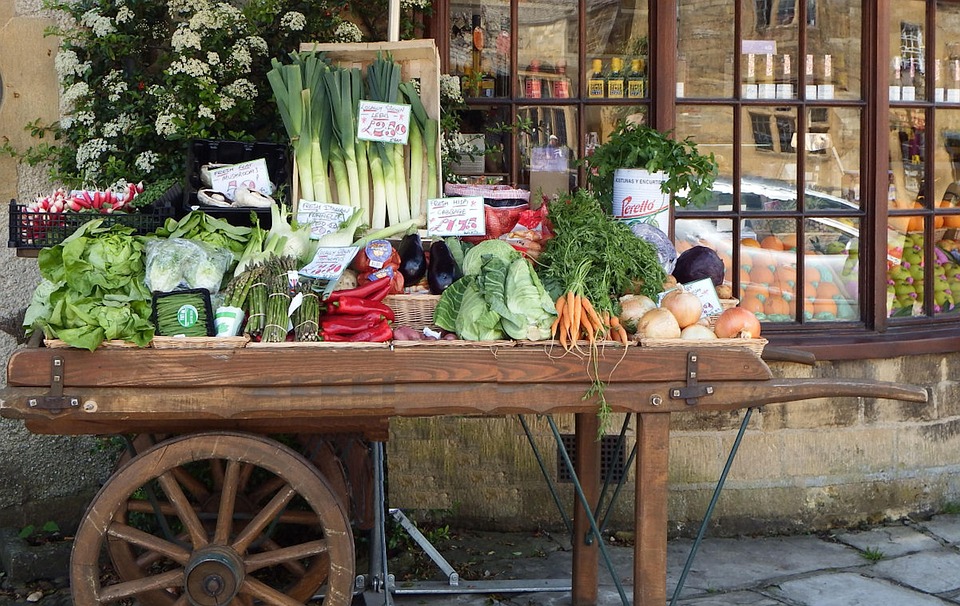The State of the Global Grocery Retail Industry in 2025: Trends, Challenges, and Opportunities
The grocery retail industry has undergone significant changes in recent years, driven by shifting consumer preferences, technological advancements, and increasing competition. In 2025, the industry is facing a range of challenges and opportunities that are reshaping the way grocery brands approach customer loyalty.
Market Overview
According to a report by CulinaryCoverage.com, the global grocery retail market is projected to reach $12.24 trillion by 2025, with a CAGR of 4.5% from 2021 to 2025. This growth is driven by factors such as population growth, urbanization, and increasing disposable income.
Key Trends
1. Personalization: Grocery brands are increasingly using data analytics and AI to personalize the shopping experience for customers. By analyzing customer data, brands can offer targeted promotions, recommendations, and discounts that are tailored to individual preferences.
2. Omnichannel Retailing: With the rise of e-commerce and mobile shopping, grocery brands are adopting omnichannel strategies to provide a seamless shopping experience across online and offline channels. This includes options such as click-and-collect, home delivery, and in-store pickup.
3. Sustainability: Consumers are becoming more environmentally conscious, leading grocery brands to prioritize sustainability in their operations. This includes initiatives such as reducing food waste, sourcing products ethically, and using eco-friendly packaging.
Challenges
1. Competition: The grocery retail industry is highly competitive, with traditional retailers facing increasing competition from online players such as Amazon and Alibaba. This has put pressure on margins and forced brands to innovate to stay ahead.
2. Changing Consumer Preferences: Consumer preferences are evolving rapidly, with a growing demand for convenience, health, and sustainability. Grocery brands need to adapt to these changes to remain relevant and attract and retain customers.
Opportunities
1. Loyalty Programs: Customer loyalty programs are becoming increasingly important for grocery brands looking to retain customers and drive repeat purchases. By offering rewards, discounts, and personalized offers, brands can incentivize loyalty and increase customer lifetime value.
2. Digital Transformation: Embracing digital technologies such as AI, machine learning, and data analytics can help grocery brands streamline operations, improve efficiency, and enhance the overall shopping experience for customers.
Case Study: How Top Grocery Brands Are Redefining Customer Loyalty
One example of a grocery brand that is redefining customer loyalty is Kroger, the largest supermarket chain in the United States. Kroger has invested heavily in its customer loyalty program, Kroger Plus, which offers personalized discounts, fuel points, and exclusive deals to members.
By leveraging data analytics and AI, Kroger is able to analyze customer shopping habits and preferences to tailor promotions and recommendations. This has helped the brand increase customer engagement, drive repeat purchases, and build long-term loyalty.
In addition to its loyalty program, Kroger has also focused on omnichannel retailing, offering options such as online grocery shopping, curbside pickup, and home delivery. This has allowed the brand to meet the changing needs of customers and provide a seamless shopping experience across channels.
Future Outlook
Looking ahead, the grocery retail industry is expected to continue evolving as brands adapt to changing consumer preferences and technological advancements. By focusing on customer loyalty, personalization, and sustainability, grocery brands can differentiate themselves in a competitive market and build long-term relationships with customers.
In conclusion, the global grocery retail industry is undergoing significant changes in 2025, driven by trends such as personalization, omnichannel retailing, and sustainability. By redefining customer loyalty through loyalty programs, digital transformation, and innovative strategies, top grocery brands are positioning themselves for success in a rapidly changing market.
For more information, visit: CulinaryCoverage.com.


